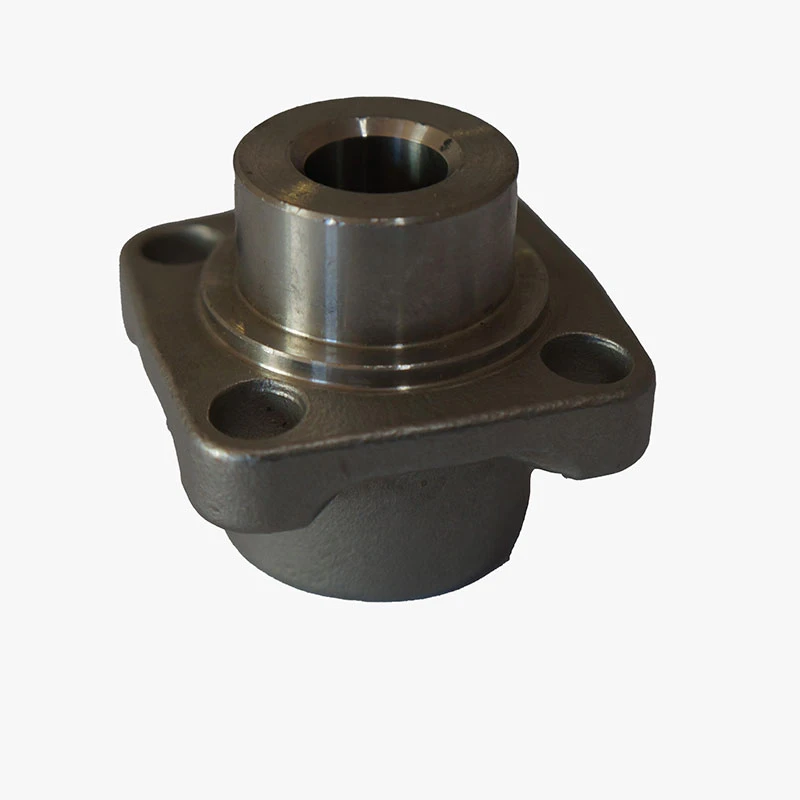laser machining
The Advancements and Applications of Laser Machining
Laser machining is a modern fabrication technique that utilizes high-intensity laser beams to cut, engrave, or ablate materials with precision. As industries continue to evolve, so too does the technology behind laser machining, making it an indispensable tool across various sectors including manufacturing, aerospace, automotive, and healthcare.
At the core of laser machining is the laser itself, an acronym for Light Amplification by Stimulated Emission of Radiation. By focusing a concentrated beam of light onto a material surface, the laser generates significant heat that can melt, vaporize, or otherwise alter the material in a controlled manner. This high level of precision allows for intricate designs and complex geometries that traditional machining methods might struggle to achieve.
One of the most notable advantages of laser machining is its versatility. Whether cutting metals, plastics, wood, or ceramics, lasers can be adapted to work with a diverse range of substrates. This adaptability is largely due to the ability to fine-tune the laser parameters such as power, speed, and frequency. For instance, when working with thin materials, a higher speed and lower power setting can prevent burning or warping, while thicker materials may require a more vigorous approach.
Moreover, laser machining is characterized by its non-contact nature. Because the laser doesn't physically touch the material, it reduces the risk of mechanical stress, distortion, and contamination. This is especially important in sensitive applications where the integrity of the material is paramount, such as in the semiconductor and aerospace industries.
Another significant benefit is the efficiency of laser machining. Traditional techniques often involve multiple step processes, consuming valuable time and resources. Laser cutting consolidates these steps, allowing for faster turnaround times and lower operational costs. Additionally, the precision of laser machining can lead to minimized material waste, further enhancing its cost-effectiveness in production.
laser machining

Applications of laser machining are vast and varied. In the manufacturing sector, lasers are often used for cutting intricate components such as brackets, housings, and gears. The automotive industry employs laser machining for tasks like welding and marking, ensuring that components fit together seamlessly and maintain high standards of quality. In the medical field, lasers are utilized for crafting surgical instruments and implantable devices, as their precision ensures patient safety and efficacy.
The technology continues to develop, leading to innovations such as fiber lasers and ultrafast lasers that offer even greater advantages. Fiber lasers, for instance, are known for their efficiency and effectiveness in cutting reflective materials like copper and aluminum, which were traditionally challenging to work with. Ultrafast lasers, on the other hand, can achieve astonishing results by operating in the femtosecond range, thus allowing for precise micromachining processes without significant heat-affected zones.
As industries push for sustainability, laser machining is making significant strides as an eco-friendly alternative. Its minimal waste generation, lower energy consumption per unit produced, and ability to use recyclable materials contribute positively to environmental goals.
Despite the many advantages, laser machining is not without challenges. The initial investment in laser technology and equipment can be substantial, and companies need skilled operatives to manage and maintain these sophisticated systems. Nevertheless, as technology evolves and costs decrease, it is expected that more industries will adopt laser machining as a standard practice.
In conclusion, laser machining stands at the forefront of modern manufacturing technologies, offering unparalleled precision, efficiency, and versatility. As we move into the future, its applications are likely to expand, driving innovation across various fields and positioning laser machining as an essential tool in contemporary production processes.
-
Precision Casting AI Solution with GPT-4-Turbo | Optimized QualityNewsAug.02,2025
-
Precision Sheet Metal Stamping Manufacturer | Fast & ReliableNewsAug.01,2025
-
OEM Sand Cast Pump Valve Fittings - Baoding Hairun Machinery And Equipment Trading Co., Ltd.NewsAug.01,2025
-
Custom OEM Impellers | High Efficiency & PrecisionNewsAug.01,2025
-
OEM Sand Cast Pump Valve Fittings - Baoding Hairun Machinery | Customization, Quality AssuranceNewsAug.01,2025
-
OEM Sand Cast Pump Valve Fittings - Baoding Hairun Machinery And Equipment Trading Co., Ltd.NewsAug.01,2025















